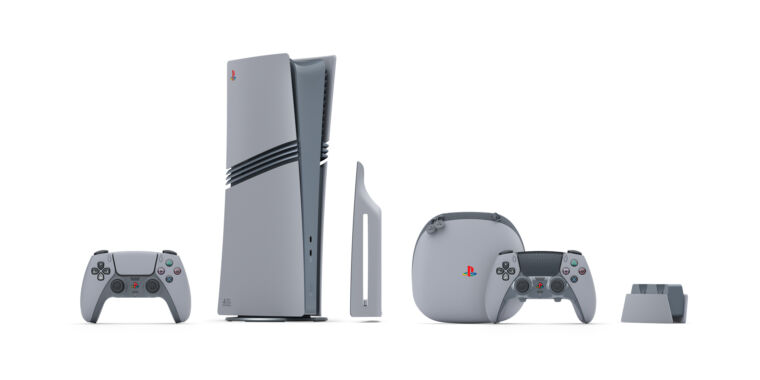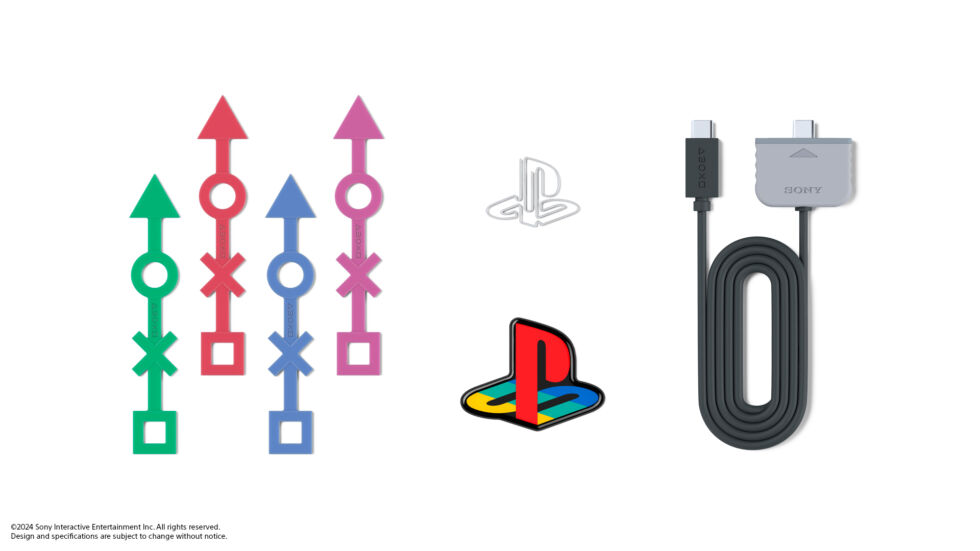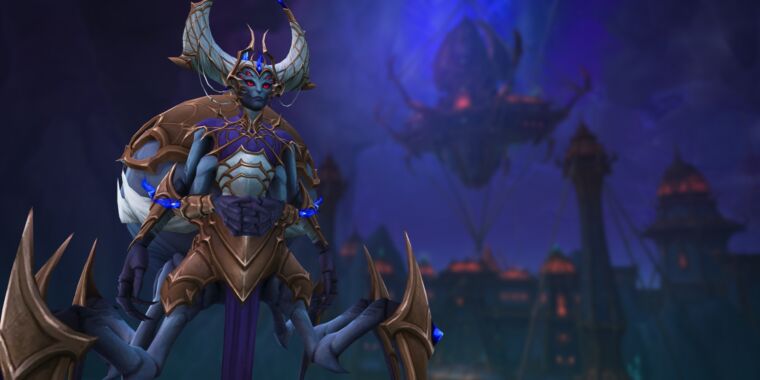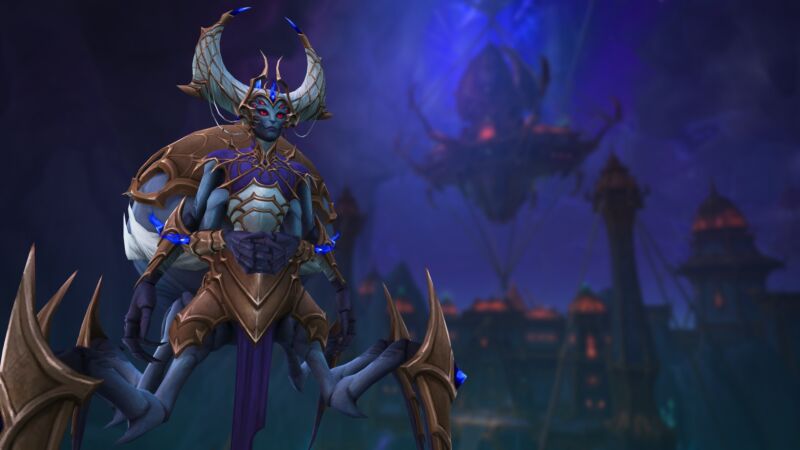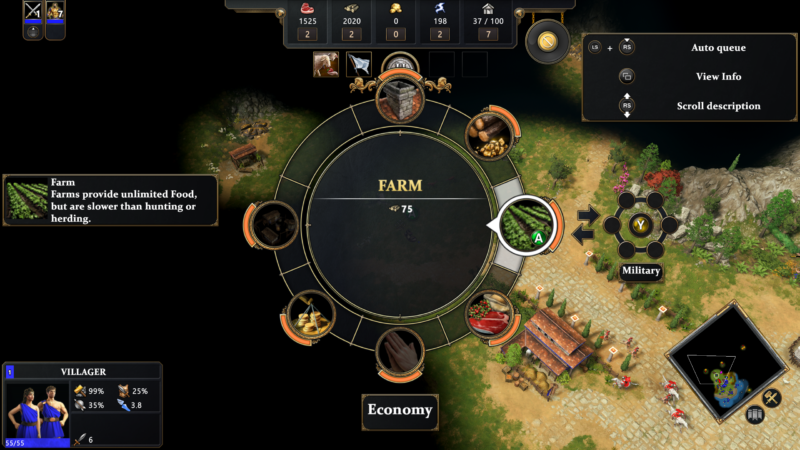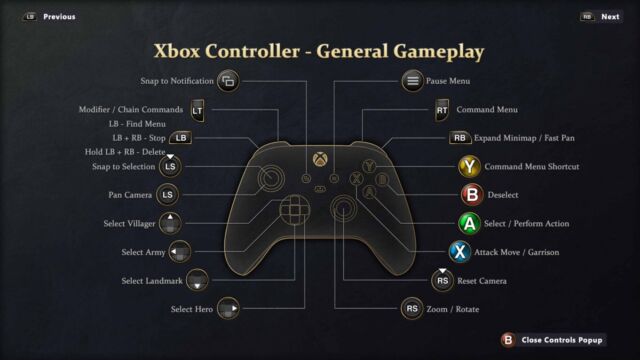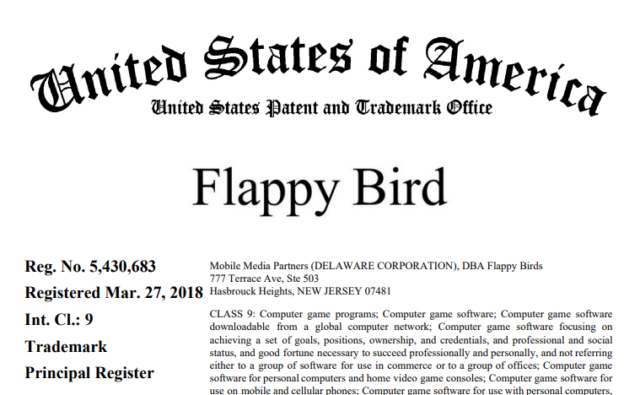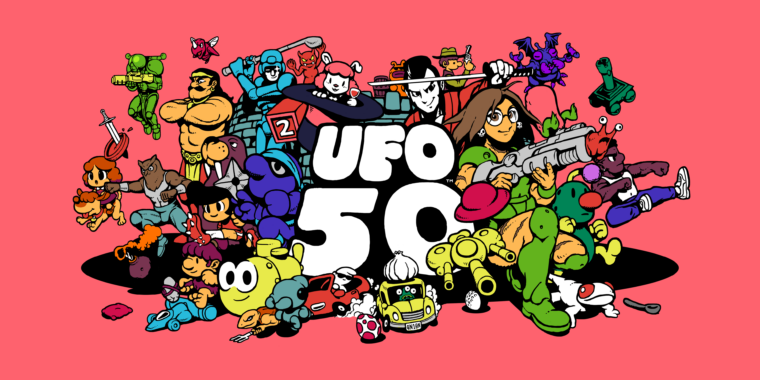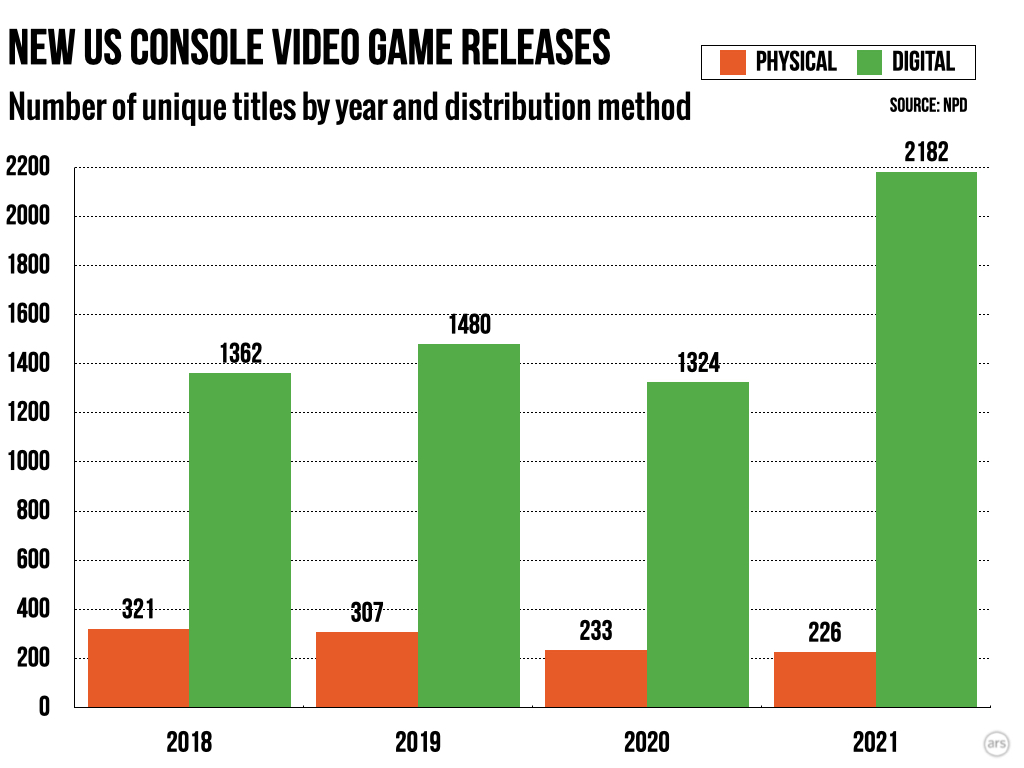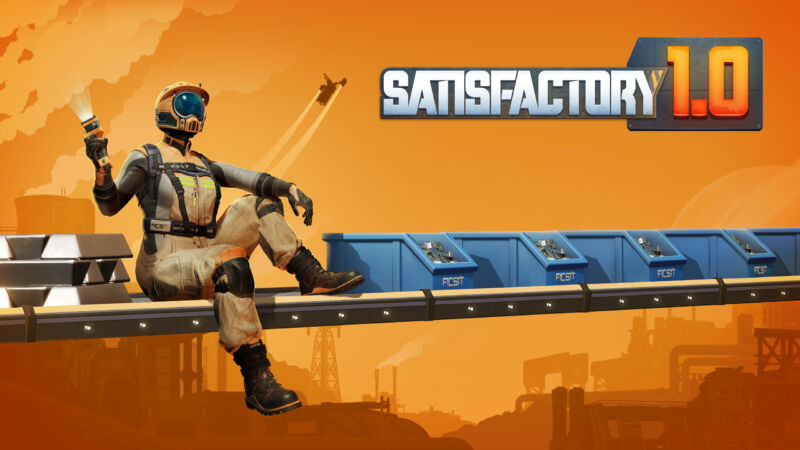Frostpunk 2 goes wider and more political but keeps the gritty, stressful joy
If you had a time machine, would you shoot baby Krakatoa? —
Sequel has yet again made losing your humanity to survive somehow… fun?
11 Bit Studios
I can’t remember every interaction I had with the advisers in Civilization games, but I don’t believe I ever had to send my guards to put down a protest one of them staged in a new settlement.
Nor could I ask any of them for “Favours” to scrape a few more heat stamps necessary for a new food district, indebting me to them at some future point when they decide they’ve had enough of some other faction’s people and ideas. In Frostpunk 2 (out today), the people who pop up to tell you how they’re feeling aren’t just helpful indicators, they’re a vital part of the strategy. To keep these people going, you’ve got to make some of them mad, some of them happy, and balance a ledger of all you’ve gained and demanded from them.
That’s the biggest difference you’ll notice in Frostpunk 2 if you’re coming from the original. The original had you making choices that affected people, but you were the Captain, in full control of your people, at least until you angered them enough to revolt. In Frostpunk 2, you manage factions and communities rather than groups of survivors. You place districts, not hospitals. Time moves in days and weeks, not hours. You play multiple chapters across a landscape in a world that is 30 years removed from its initial peril.
The challenge of Frostpunk 2 is no longer simply getting everyone through this winter. There is now some thought of what kind of people you want to be once you have enough fuel, food, and children. Are you in managed decline, or can you build something better, despite the world trying to kill you?
-
You’re still building a city in a radius around the generator, but it’s big hexes and districts, not buildings on grids.
11 Bit Studios
-
When your city gets built up, it can be mesmerizing to just watch it glow.
11 Bit Studios
-
Exploring the places beyond your city’s reach can be rewarding, and risky, of course.
11 Bit Studios
-
Each Faction has their priorities (Cornerstones). You can ask favors, promise things, and track their favor.
11 Bit Studios
-
A lot of the original Frostpunk feel remains in the game. Should we teach our perfectly pipe-sized kids how to weld inside the oil tubes? What could go wrong?
11 Bit Studios
A beautiful grid with brutal choices
Those are the big-picture changes to Frostpunk 2. At the ground level, the general feeling is quite familiar. It’s cold, it sometimes gets colder, and there’s a furnace to feed. This time, you need to do “Icebreaking” to unlock tiles for development, but you don’t have to worry so much about the exact placement of individual bits. Your colony or city will link itself up and look beautiful in the game’s grim Victorian cryo-future style. You have to figure out how to scrimp the resources to put an extraction district on the oil reserves, making enough heat for the residents to stop getting sick so you can then send them out to recover goods from a decimated wagon and then icebreak some more toward a food source, all while planning to build a research center and council building.
The research and political trees you climb are more varied and even harder to choose in this sequel. Early in Frostpunk 2, your explorers find a body in the ice with the insignia of the first game’s city on his jacket, and they ask you if it stands for Order or Faith. However you answer, you will have more than just two ideas to choose from. At the base level are two communities, Progress-focused New Londoners and Adaptation-minded Frostlanders. Then you get Order-obsessed Stalwarts, Faithkeepers, and their respective opposition, Pilgrims and Evolvers. Playing the game’s “Utopia Builder” mode after the chapter-based story mode brings in a lot more communities and factions. You know, for this fun thing you do in your spare time.
At the Council Hall, you will need to negotiate with these factions to get votes out of the 100 members, divided up by faction influence. Most votes need 51, but votes that change your power require 66. If a faction is on the fence, you can promise them something, like future research projects or other law changes. Break that promise, and they will work against you in the future. Radicals will show up inside each faction, requiring you to either appease them or find support elsewhere. You can look at all the players and “Cornerstones” (ideologies) at play in one of the game’s beautifully informative screens. You can ponder this while, all around you, the basic needs like fuel, materials, food, and shelter keep needing to be managed.
Your settlers can now lose faith in you not because they’re starving and freezing, but because of political factions. Huzzah!
Frostpunk 2 goes wider and more political but keeps the gritty, stressful joy Read More »

